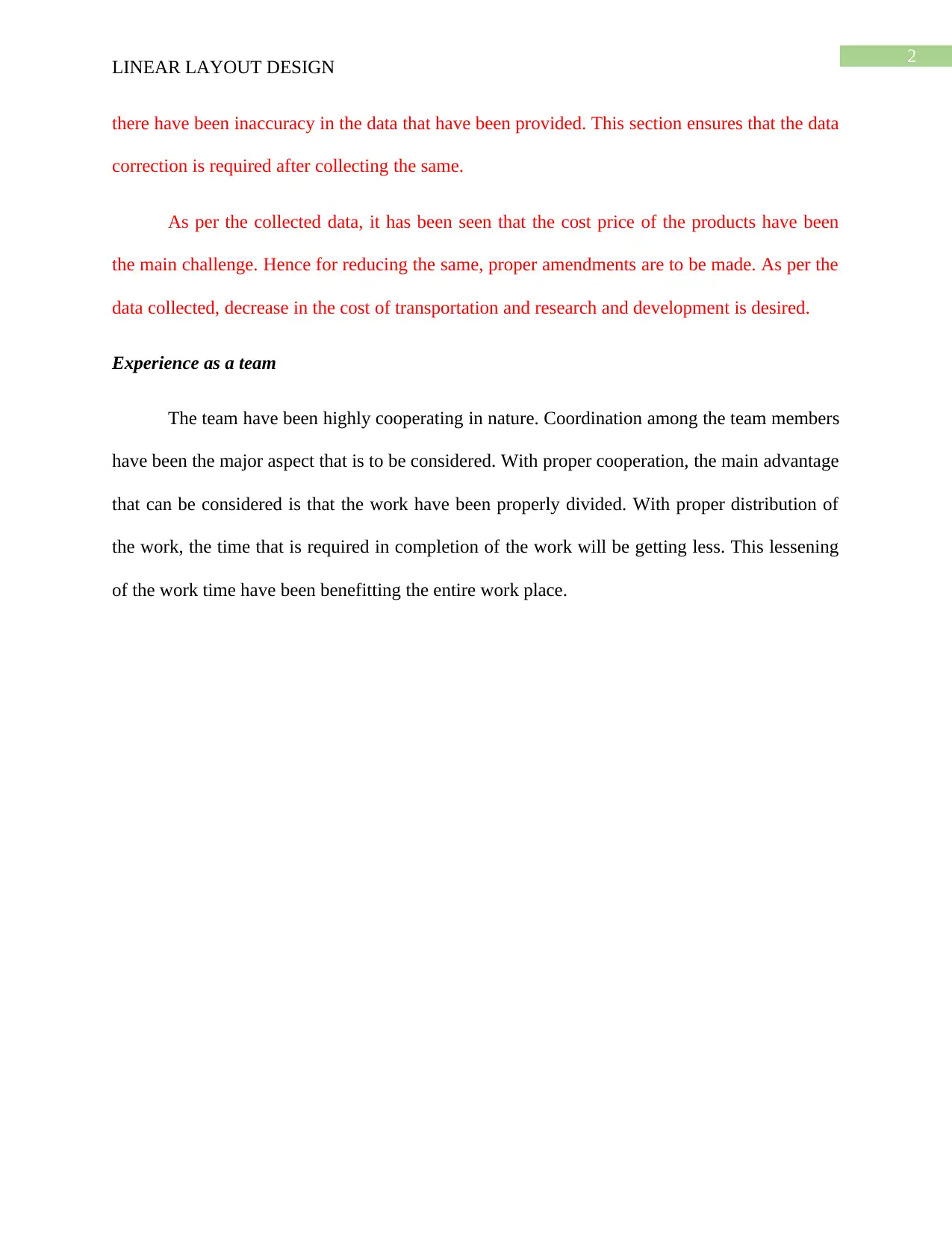Linear Layout Design: Report on Manufacturing Processes
VerifiedAdded on 2022/08/20
|4
|598
|14
Report
AI Summary
This report focuses on the application of linear layout design within a manufacturing context, specifically using Regal Manufacturing as a case study. The report begins by outlining the objective to perform linear design, design five workstations, and analyze data. The report then delves into the specific operations of Regal Manufacturing, which produces Type A, Type B, and Type C USBs for major brands like Samsung, Nokia, and Huawei. The report identifies challenges, such as high production costs, and proposes solutions like reducing research and development costs. The methodology involves primary data collection through surveys. The report also highlights the importance of teamwork and coordination. The report concludes with references to supporting literature and research. The report provides a clear understanding of the linear layout design and its implementation in a manufacturing environment.
1 out of 4











![[object Object]](/_next/static/media/star-bottom.7253800d.svg)